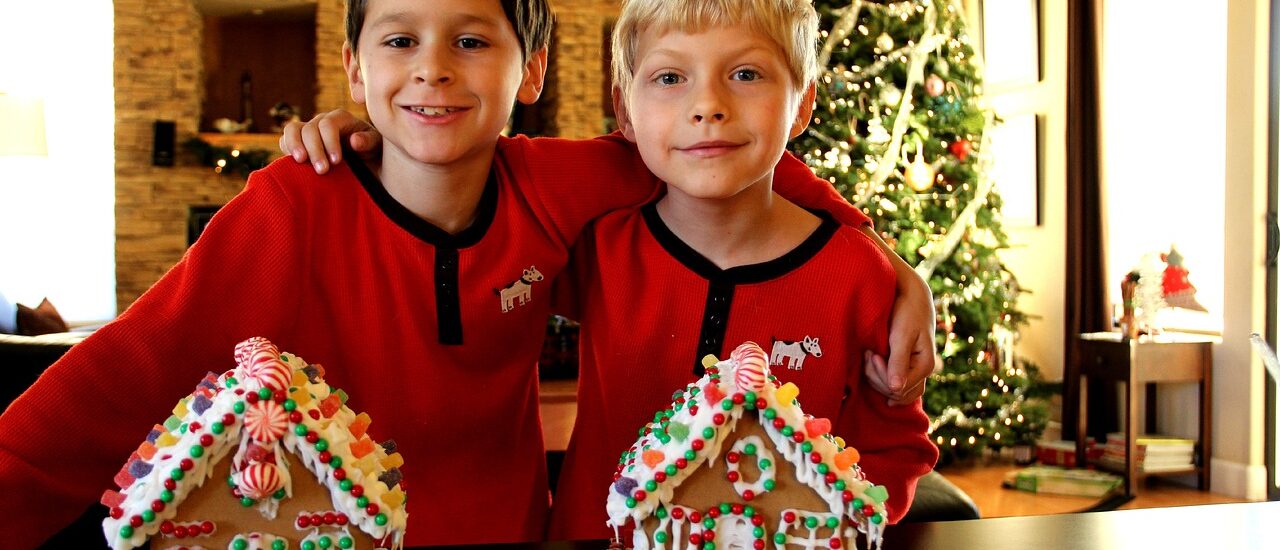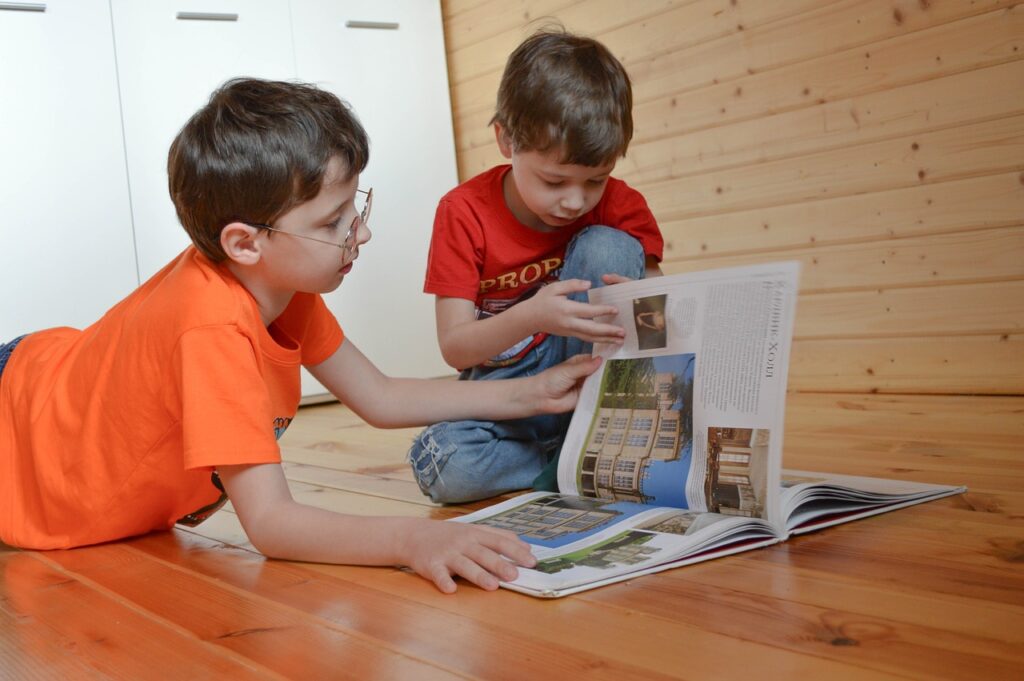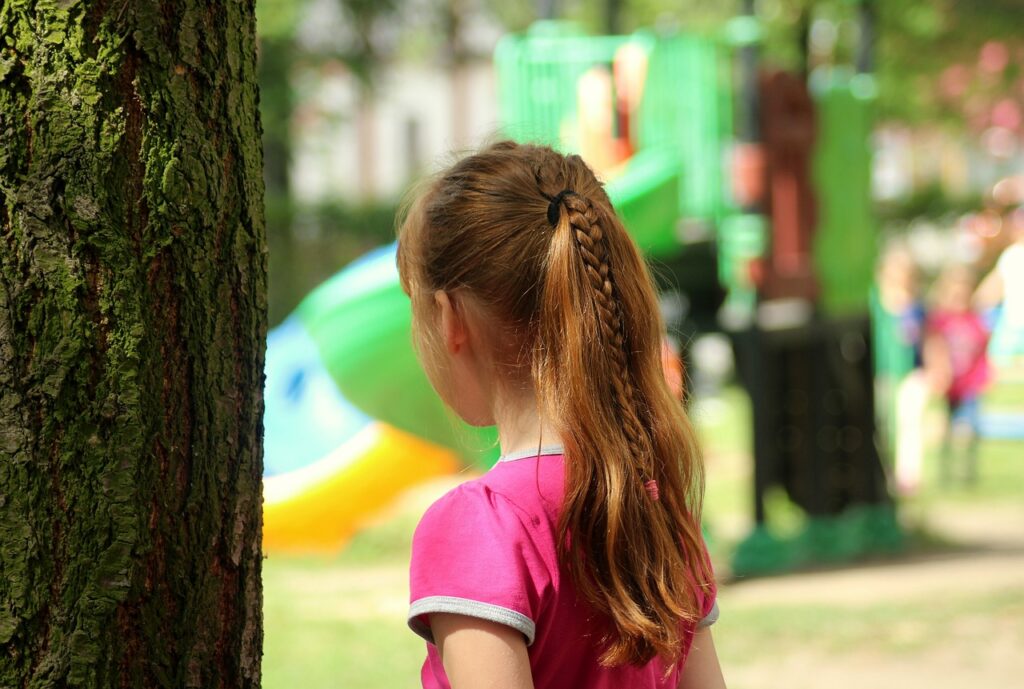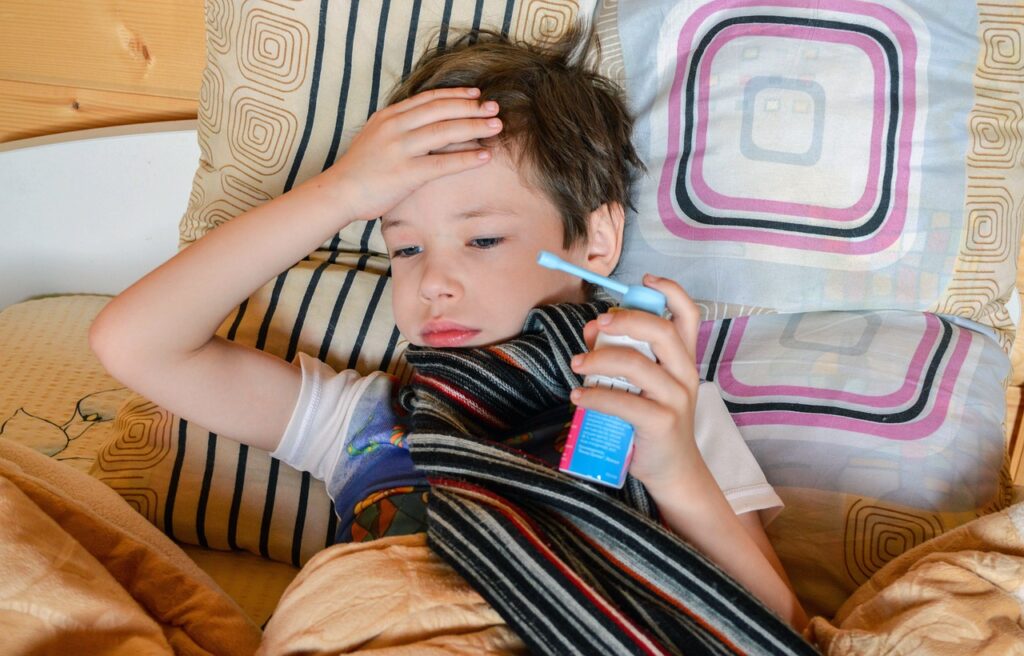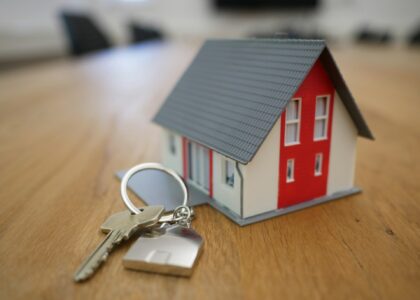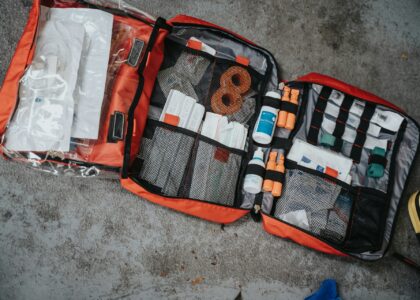Imagine constantly moving from place to place, never sure where you’ll sleep next month or if you’ll have a quiet spot to do your homework. That’s the reality for kids facing housing insecurity. This means their families have trouble finding or keeping a safe and affordable home. Today, we are exploring how this challenge, known as the effects of housing insecurity on children, touches every part of their lives—from school to friendships. Keep reading to find out why stable housing is more than just a roof over your head—it’s the foundation for growing up strong and confident.
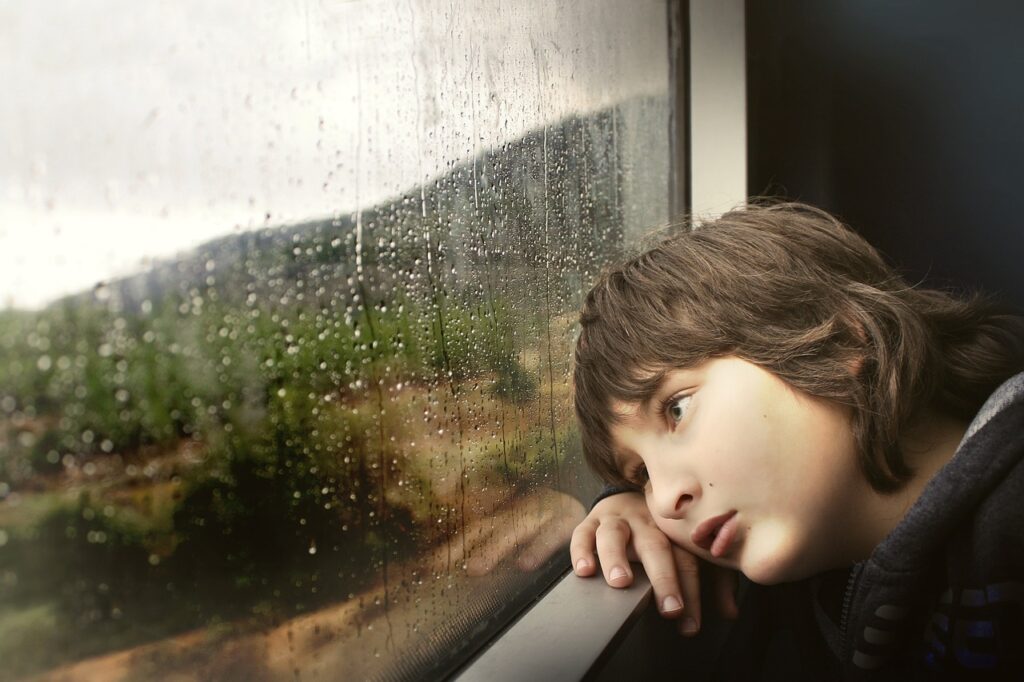
The Developmental Effects of Housing Insecurity on Children
When children face housing insecurity, it impacts more than just their physical location; it affects their brain development and emotional well-being. The stress of not having a stable home can make it difficult for children to concentrate, leading to challenges with learning new information and solving problems. This instability can hinder their cognitive development, putting them at a disadvantage academically compared to their peers who have stable housing.
Furthermore, the emotional toll of housing insecurity on children is significant. They may experience higher levels of anxiety, depression, and stress, which can affect their ability to express emotions in a healthy way and create and maintain friendships. Constantly adapting to new environments and the uncertainty of their living situation can make children feel insecure and less confident. Recognizing the effects of housing insecurity on children is crucial in understanding the comprehensive support these children need to thrive both in school and in their personal development.
Educational Challenges Faced by Children in Unstable Housing Situations
Kids without a stable place to live often find school extremely tough. They might move a lot, miss classes, and fall behind on homework. Imagine trying to concentrate on math when you’re not even sure where you’ll sleep that night. This stress can make it hard to keep up with classmates, leading to lower grades and sometimes even dropping out. The effects of housing insecurity on children don’t just touch their home life; they stretch all the way to the classroom, making learning a significant challenge. Having a safe and stable home environment is about more than just having a quiet place to study. It’s about feeling secure enough to focus, learn, and dream big.
The Social and Emotional Effect of Housing Insecurity on Children
Housing instability can deeply affect children’s social lives and emotional health. Without a steady home, kids often struggle to make and keep friends, as moving frequently means they’re always the new kid in class. This constant change can make it hard for them to fit in or feel part of a community, leading to feelings of isolation and loneliness. The lack of a stable social environment makes it difficult for them to develop strong, lasting friendships, which are crucial for emotional support during their early years.
Plus, the stress and anxiety that come with housing insecurity can take a toll on their emotional well-being. Children living in such conditions may experience higher levels of worry and sadness, affecting their self-esteem and overall happiness. They might feel embarrassed about their situation, further isolating themselves from their peers. The effects of housing insecurity on children are not just physical but deeply emotional, impacting their ability to navigate social situations and manage their emotions effectively.
The Health Impact of Unstable Living Conditions
Living without a stable home can greatly impact a young person’s health. First, it’s hard to eat right when you’re unsure where your next meal is coming from. This means kids might not get all the nutrients they need, which can make them more likely to get sick. Plus, not having a safe place to run around or play sports can lead to not getting enough exercise.
Another big issue is getting to see a doctor regularly. Without a regular home, keeping up with doctor’s appointments or getting routine vaccinations on time is tough. This means some health problems might not get spotted or treated as early as they should. It’s extremely important to understand these challenges so we can help make sure all kids stay healthy, no matter where they live.
Building Brighter Futures: Solutions to Housing Insecurity
When it comes to solving housing insecurity, organizations like the Safe Homes Movement are at the forefront, making a real difference. They focus on creating stable, safe living conditions for families in need. By building and renovating homes, they provide the foundation for healthier, happier lives.
But how do they do it? Volunteers, donations, and community involvement are key. Anyone can help by volunteering their time or donating resources. It’s about more than just building homes—it’s about building communities.
On a larger scale, policy changes and community support programs are crucial. This means creating laws and policies that make housing more affordable and accessible for everyone. Communities can support this by participating in local projects, advocating for change, and supporting the organizations that are actively working on these issues.
Getting involved is easier than you might think. Whether it’s joining a service trip to help build homes, participating in local advocacy, or simply spreading the word, every action counts. The goal is clear: to ensure every child and family has a stable place to call home.
By supporting movements like the Safe Homes Movement and pushing for policy changes, we can all contribute to a world where housing insecurity is a thing of the past. Together, we can make a difference in the lives of children and families facing these challenges.
For more information on how you can get involved with MEDLIFE and the Safe Homes Movement, download the brochure today!


